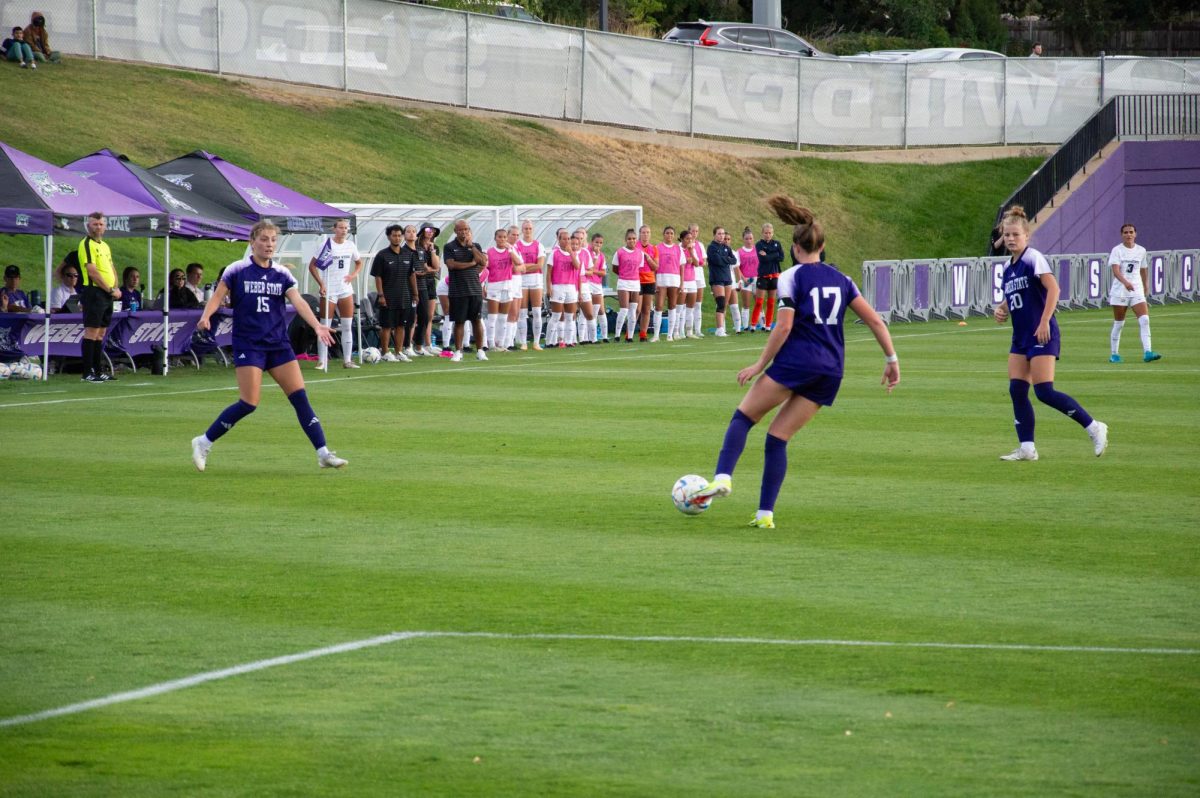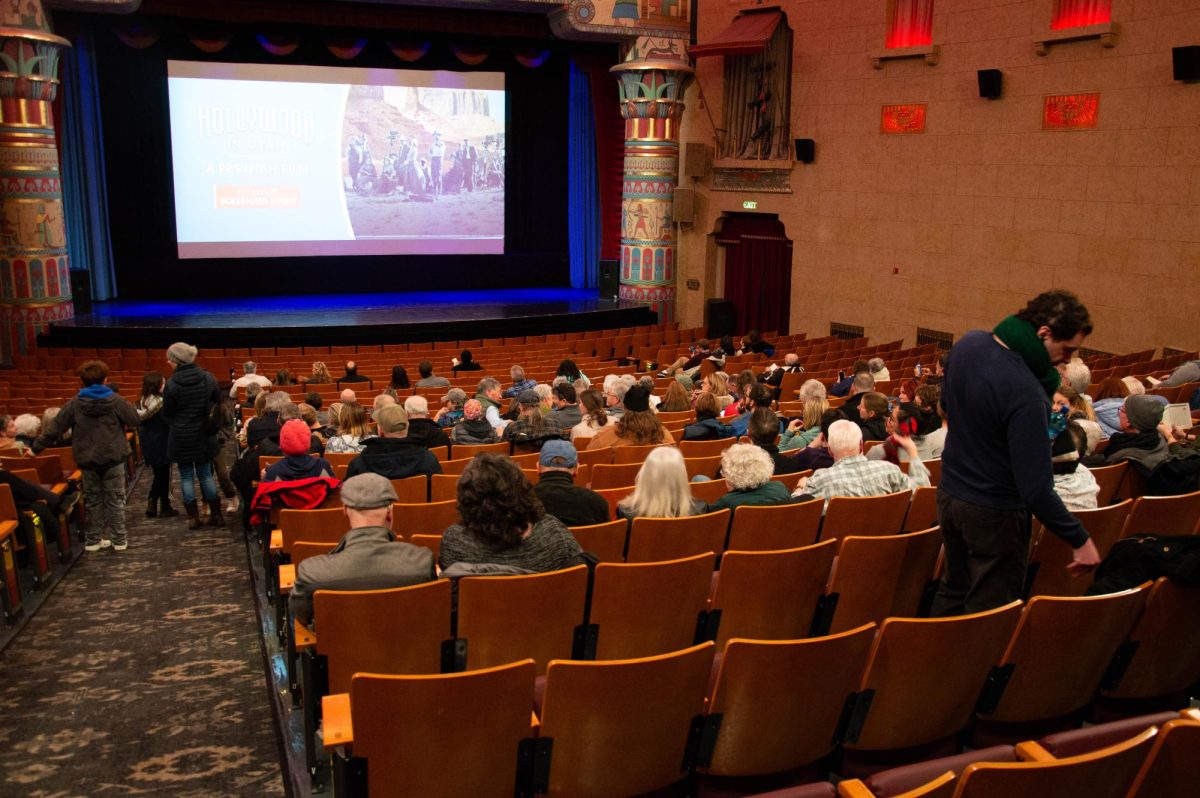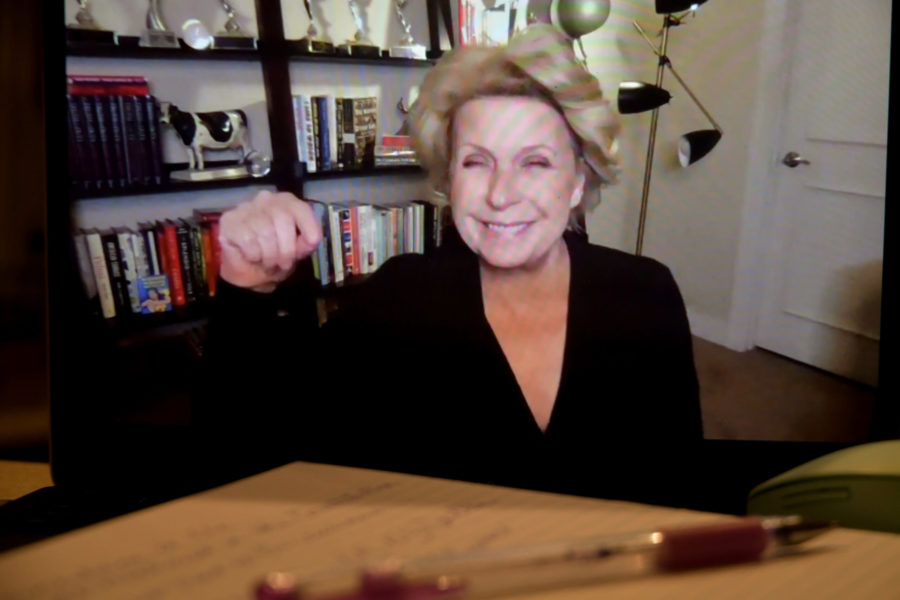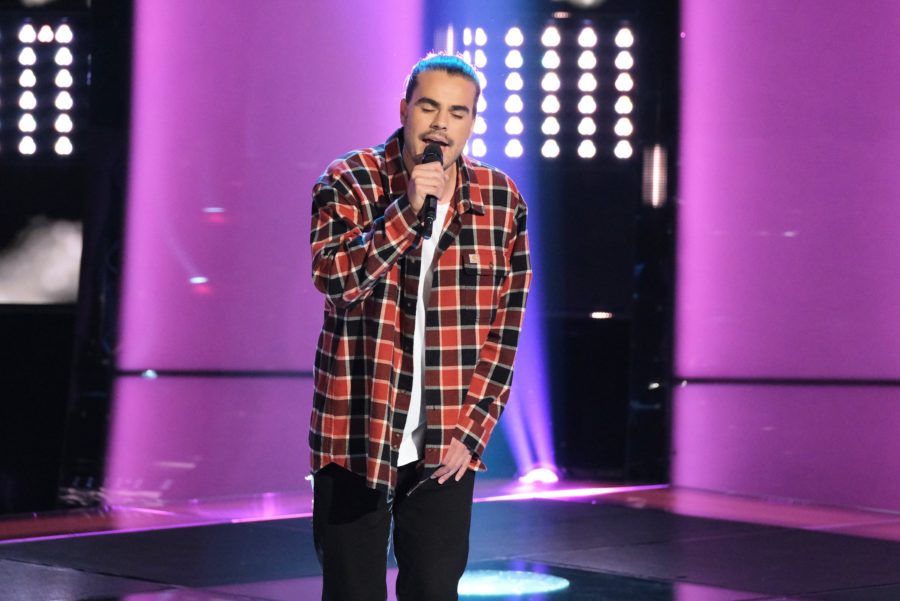Weber State University students likely grew up watching shows like “Sesame Street,” “The Powerpuff Girls,” “Courage the Cowardly Dog” and “Mister Rogers’ Neighborhood.” These were the shows children could watch for entertainment and educational purposes.
WSU’s Center for Diversity and Unity hosted their monthly Stop the Hate event on Nov. 12, centering around children’s media intake.

At a young age, children take what is in front of them and absorb it like a sponge. With this event, Stop the Hate aims to start a conversation on the impact television has on children.
Kay Walker, the Stop the Hate chair, began the dialogue by sharing how children’s media has helped children understand real-world situations. Additionally, shows like “Sesame Street” create characters that children become attached to and in-turn learn from.
“‘Sesame Street’ has a way to speak to children and not at them,” Walker said. “You might notice how adults talk to children; they are kind of condescending.”
“Sesame Street” debuted in 1969. Developed by Joan Ganz Cooney and Lloyd Morrisett, the pair wanted to create a television show would “master the addictive qualities of television and do something good with them.” Throughout its 50 year run, “Sesame Street” has adapted with the times and been at the forefront of cultural discussions.
In 2017, “Sesame Street” introduced Julia, an autistic 4-year-old girl. In their online resource kits, “Sesame Street” tackled incarceration, presenting a Muppet who has a father in prison.
Walker and Cristian Gutierrez, a Stop the Hate attendee, believes children’s media isn’t viewed seriously.

“I wish people would understand how important these shows are for children, the smallest things like new characters with ‘Sesame Street,’” Gutierrez said. “These children are introduced to real-life scenarios that help educate in an appropriate way.”
Beyond introducing life scenarios, children’s media can mold and spark interests. One of Walker’s favorite cartoons growing up was “Courage the Cowardly Dog.” Walker said the show helped shape their interest in horror, especially since the show was so eccentric for some viewers.
Walker recalled their first experience with queerness while watching “Courage the Cowardly Dog.” They saw two girls holding hands, something that is still rare in children’s cartoons. Walker said the show was scary, but the moral of the show was constantly empathy.
Walkers hopes society continues moving forward with children’s media and taking it seriously.













